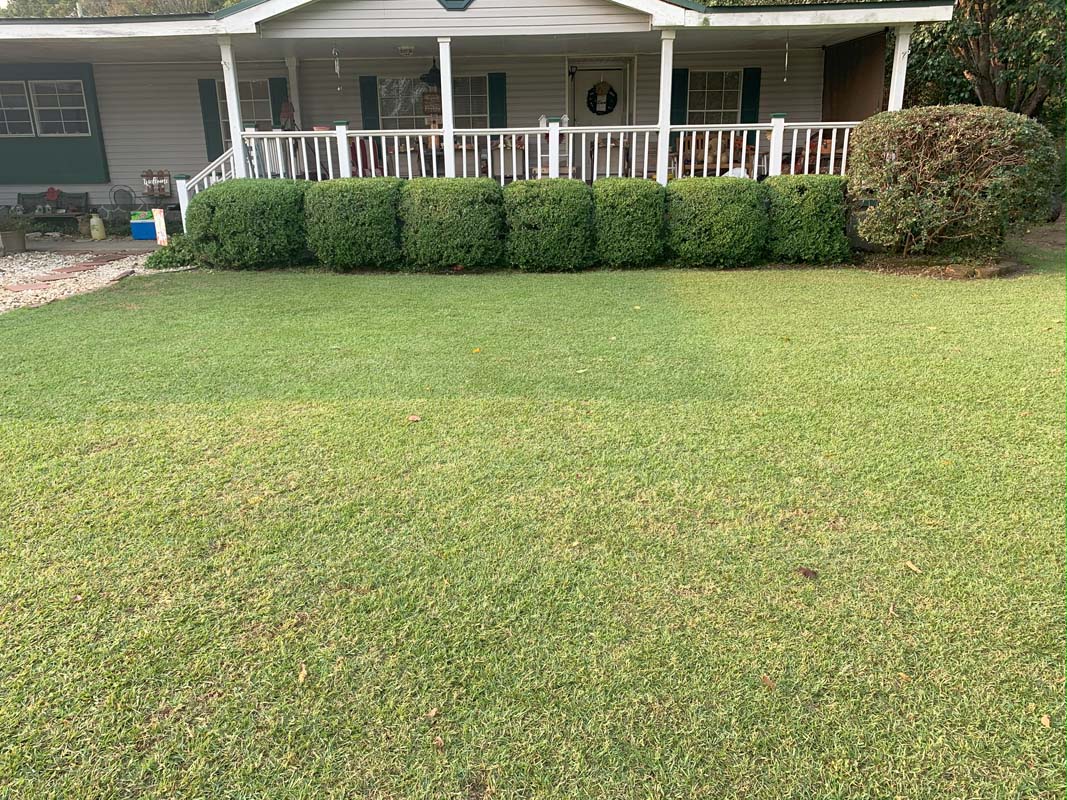How to Choose the Right Mulch for Your Garden and Lawn
Find the best mulch type to enhance your lawn and garden's health.
Master weed control with our ultimate guide for a pristine, healthy lawn.

A pristine lawn is the pride of any homeowner, serving as a testament to their dedication to outdoor living spaces. However, achieving and maintaining such a lawn requires more than just regular mowing and watering; it necessitates a strategic approach to weed control. Weeds are not only unsightly but can also harm the health of your lawn by competing for essential nutrients, water, and sunlight. This guide provides comprehensive insights into effective weed control strategies that ensure your lawn remains healthy and immaculate.
The first step in effective weed control is understanding the types of weeds you're dealing with. Weeds can be broadly categorized into two types: broadleaf weeds, such as dandelions and clover, and grassy weeds, like crabgrass and nutsedge. Identifying the types of weeds in your lawn is crucial because it determines the most effective treatment method.
Prevention is the cornerstone of maintaining a weed-free lawn. A thick, healthy lawn is the best defense against weeds, as it leaves little room for them to grow. Achieving this involves proper lawn care practices such as:
Despite the best preventative measures, some weeds will inevitably appear. When they do, timely and effective action is necessary.
For those preferring eco-friendly solutions, there are several natural methods to consider:
Weed control is an ongoing process. Regularly inspecting your lawn allows you to spot and address new weed growth before it becomes widespread. Keeping up with lawn care practices such as fertilization, mowing, and watering ensures your grass remains robust and better able to compete with weeds.
Sometimes, despite your best efforts, weeds can get out of control. In such cases, professional lawn care services can offer more advanced solutions. They have access to professional-grade products and equipment, along with the expertise to tackle severe weed infestations effectively.
Weed control is a vital component of lawn care, requiring diligence, patience, and the right strategies. By understanding the types of weeds, implementing preventative measures, employing direct control techniques as needed, and opting for natural options where possible, you can maintain a healthy, weed-free lawn. Remember, the key to success lies in consistency and the willingness to adapt your approach as necessary. With these tips, your lawn can become the envy of the neighborhood, a lush and pristine space that enhances your home's curb appeal and outdoor enjoyment.